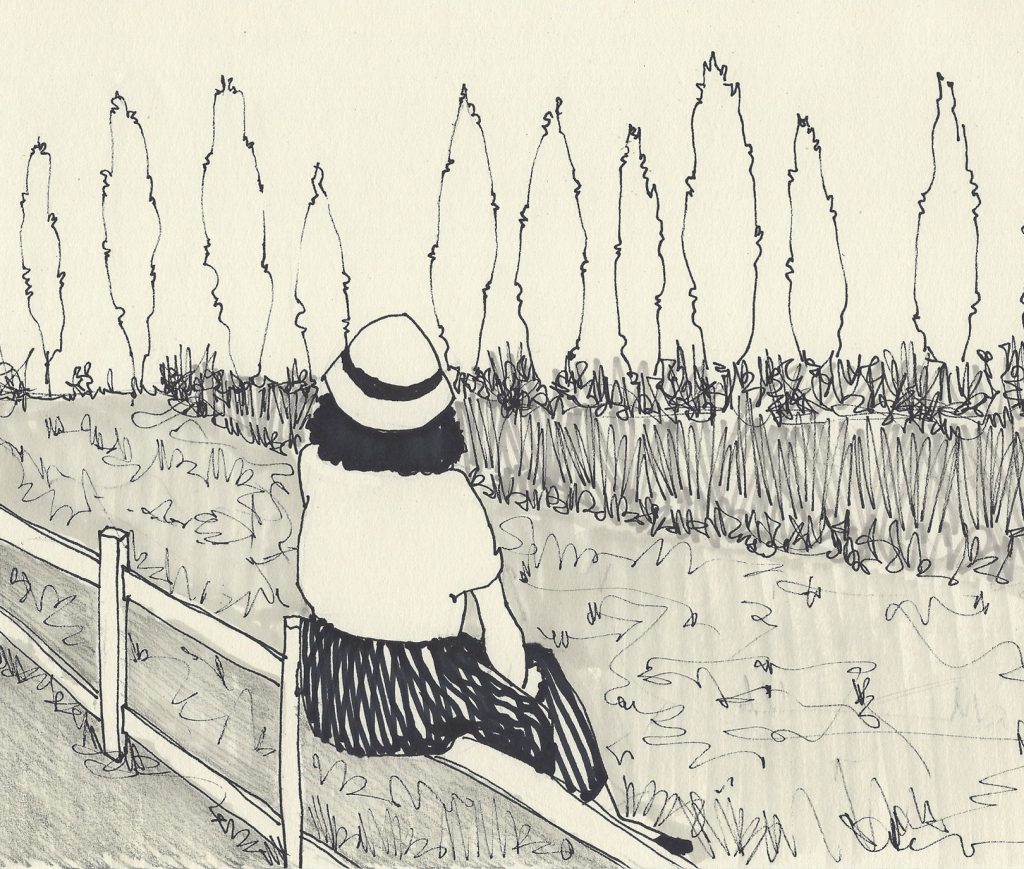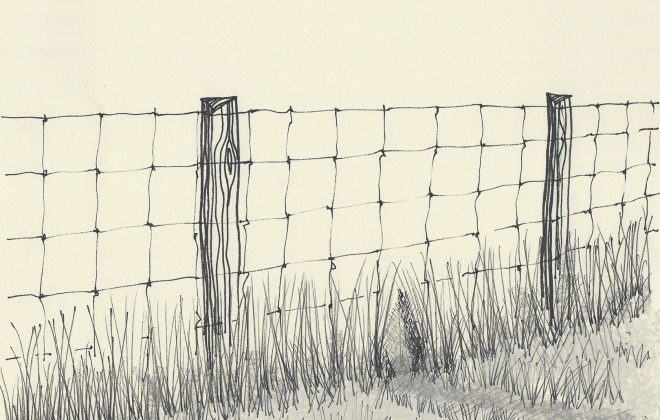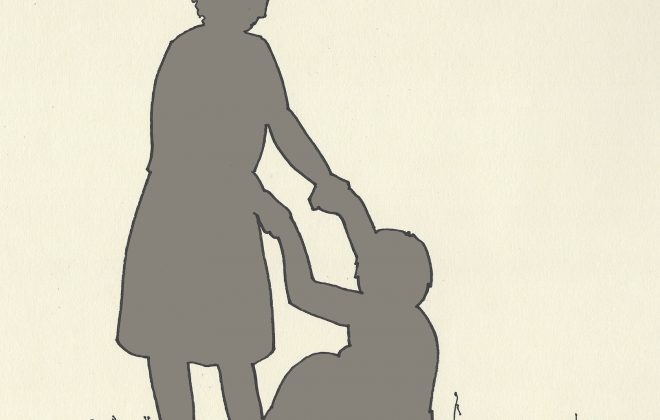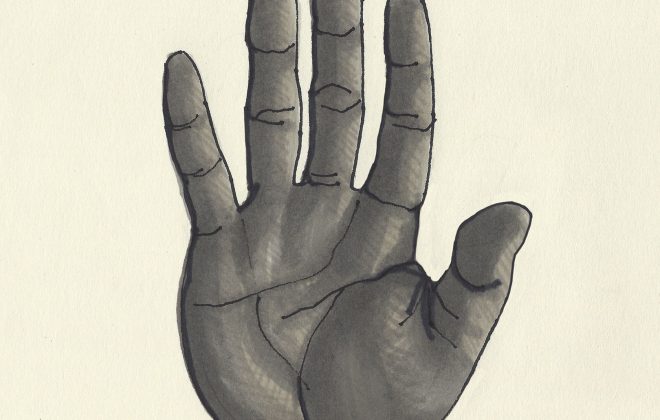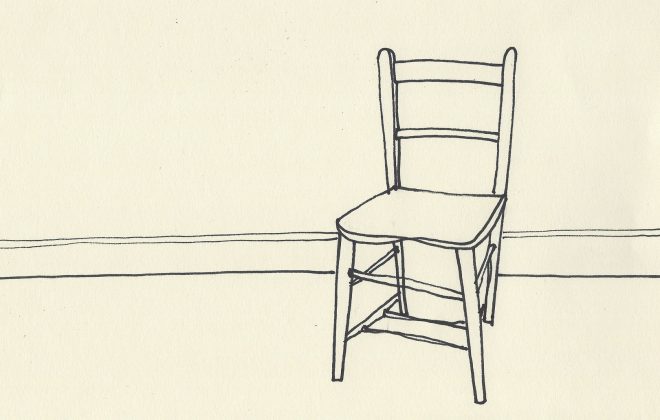Waiting
Over the past few nights, I have had a recurring dream. I am the captain of a huge new aircraft carrier. My officers, two women, are on the deck. All I feel is that I have no idea what I am doing. I am wandering about and wondering in my head when I should be leading. I feel anxious. I am subject to the direction of women. My dream is clever. My discomfort is increased so I cannot miss my conceit that I am a man, so I should know. What is the use of pacing, wondering, and waiting? Recent events have helped me see the value.
A few days ago, I was in a conversation with two close colleagues. We were talking about the people we had been listening to who were not so busy as others. People who in all respects are brilliant clinicians and managers and who are feeling useless, as if they have been abandoned on the side-lines, while a few equally brilliant colleagues have stepped forward to lead the response to Covid-19. Later that day, I was scrolling down my Netflix recommendations. Another day in lockdown. I realise that they think I am only interested in action movies. Maybe once. How I have loved taking action, taking command, seizing the day, winning, working at pace. And now I think how easy it has been for me to dismiss the quiet ones, the ones who stand aside and wait.
Years ago, I read a book called The Stature of Waiting (Vanstone, 19821Vanstone, W.H. (1982) The stature of waiting. London, Darton, Longman and Todd.) and I found it back in my head. It was given to me by my supervisor, the late Barry Palmer. Double first (science at Oxford and theology at Cambridge), so super clever, challenging and kind. A key sentence in the book, that feels relevant to today and my dream is:
“The experience of waiting is the experience of the world as in some sense mattering, as being of some kind of importance” (p.103).
Vanstone argues that we do not wait for things or people who do not matter, and we live in a world that links activity with value. Barry gave me this book because he saw a dilemma at the heart of my practice. A dilemma that I had refused to acknowledge. Yes, I knew useful things, and this made me a confident leader who others would follow; and yet, what I knew was not sufficient to achieve what was required in terms of keeping people safer. I was the chief executive of a housing and care organisation. My wish to feel confident silenced the doubt, that can lead to innovation if I could bear to wait. This waiting is a leadership practice and it is hard to do when others are working so hard and seem to know what action to take.
Standing aside is a key skill
As a post-Covid health service is being thought about, the phrase I hate the most is being heard – ‘we need change at pace’. This phrase tends to follow on from a description of the most complex of changes. For example, as people talk about the central role STPs will need to play, we are reassured that changes will be fast. I wonder about that. If organising differently matters to us why the rush? The NHS is not an action movie. It is as if we are in the hands of the few who like to be on top, at the front. I’m not arguing that this directive leadership is never helpful but faced with a big ship (like in my dream) it would be a surprise if anyone knew how to manage it straight away. Maybe leadership also requires this capacity to wait, to pace about, listening and staying with the uncertainty; tolerating one’s envy as others rush about and do good things; to see waiting and stepping aside as key skills. This is the capacity not to get involved while knowing that what is going on is important, and to wait without rancour, envy or dismissing others when one inevitably feels left out. I think this means as we value the doers, that we also need to value the ‘stand asiders’; the ones who know they need to give way, keep thinking and caring… and wait.
Note
Vanstone, W.H. (1982) The stature of waiting. London, Darton, Longman and Todd.
You can download this story here. But please acknowledge the source.
